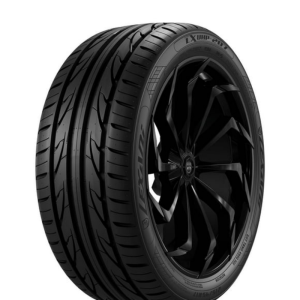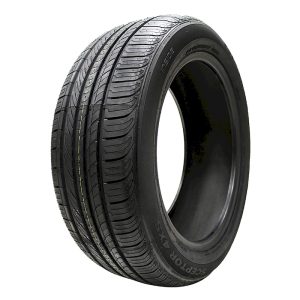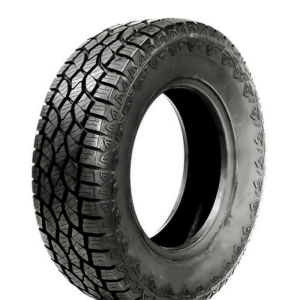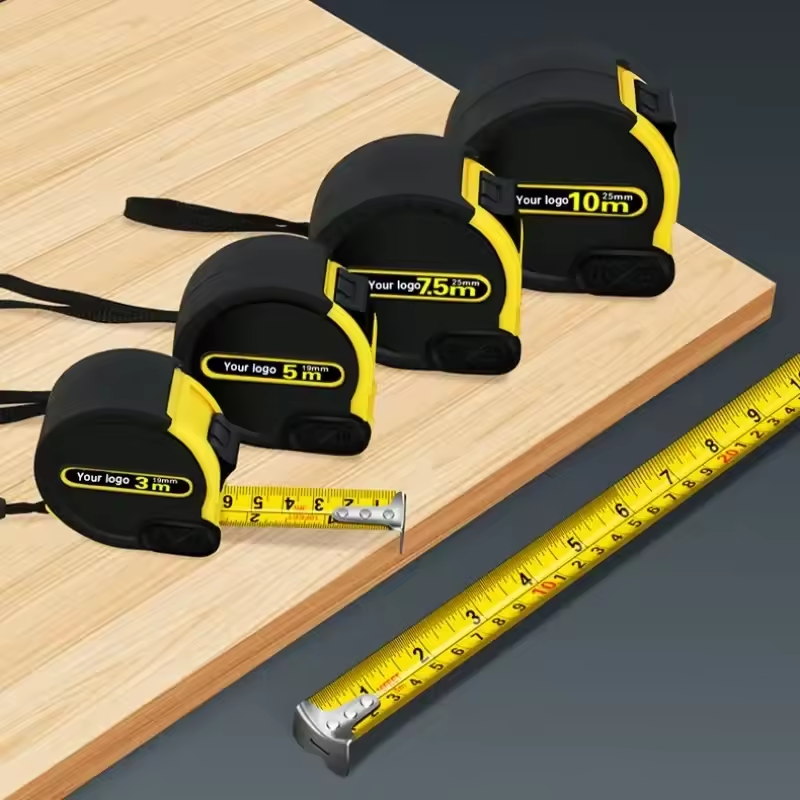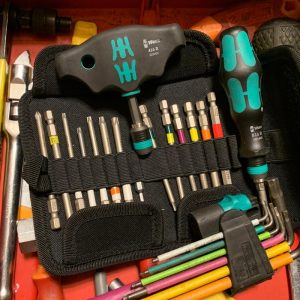
When it comes to vehicle safety and performance, tires play a crucial role. They are the only point of contact between your vehicle and the road, directly influencing handling, braking, and overall driving comfort. One of the most common questions car owners ask is, “How long do tires last?” The answer to this question isn’t straightforward and involves various factors, including tire type, driving conditions, maintenance habits, and the way you drive. Generally speaking, tires are designed to last between 25,000 and 70,000 miles, but a range of variables can either hasten their demise or help them last longer. Understanding these factors can not only enhance the longevity of your tires but also contribute to your vehicle’s fuel efficiency and safety. In this article, we will explore the nuances of tire longevity, including the types of tires available, signs of wear to look for, maintenance tips, and much more.
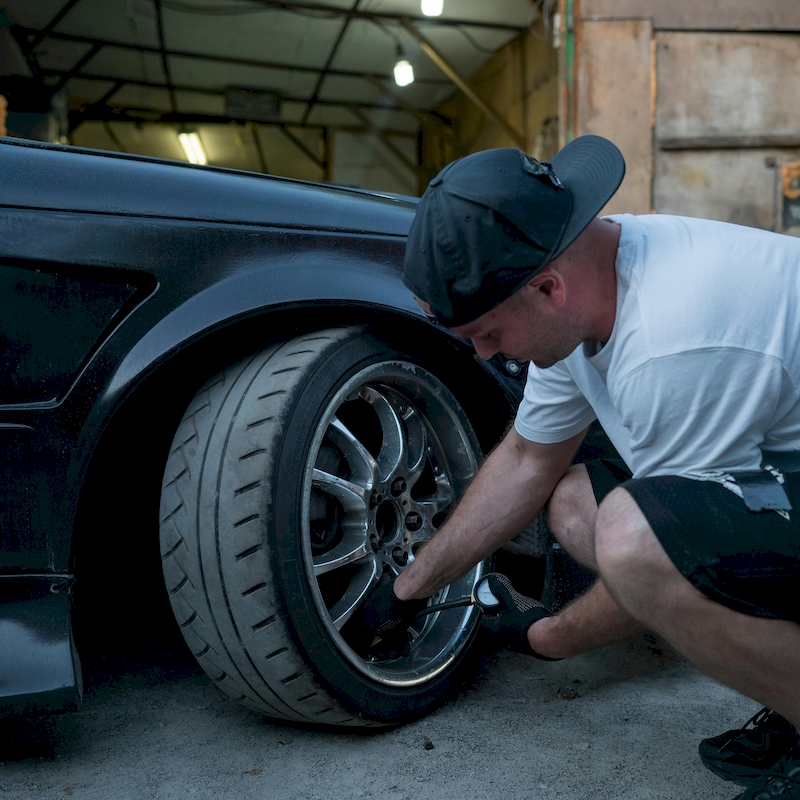
Understanding Tire Types and Lifespan
Different tires serve different purposes, and their lifespans can vary significantly depending on their type and construction.
There are primarily four kinds of tires:
- All-Season Tire: Ideal for varied weather conditions, all-season tires generally offer a balanced performance. They can last anywhere between 40,000 to 70,000 miles, depending on how and where you drive.
- Winter Tire: Designed specifically for low temperatures and snow, winter tire provide superior grip in harsh conditions. However, they wear out faster on dry and warm roads, lasting about 30,000 to 50,000 miles.
- Performance Tire: Tailored for high-speed driving and better handling, performance tire tend to wear out more quickly due to their softer rubber compound. Expect a lifespan of around 20,000 to 40,000 miles.
- Off-Road Tire: Built to endure the rigors of rough terrains, off-road tires can often be more durable but may last anywhere from 40,000 to 60,000 miles depending on the conditions they face.
It’s crucial to consider the type of driving you commonly do and the climate in which you live when selecting tires and estimating how long they might last.

Factors Affecting Tire Longevity
Understanding the various factors that impact how long do tire last can greatly enhance your ability to extend their lifespan.
- Tread Depth: One of the most obvious indicators of tire health is the tread depth. The tread is what provides traction as it makes contact with the road. Tire should ideally have at least 2/32 of an inch of tread left. Regularly checking the tread depth can help you determine if it’s time for a replacement.
- Driving Habits: How you drive affects tire wear. Aggressive driving—such as sharp turns, sudden stops, and rapid acceleration—can lead to quicker tire degradation. On the other hand, smoother driving habits can prolong a tire’s life.
- Alignment and Balancing: Misalignment or improper tire balancing can lead to uneven wear on your tire. Regular alignment checks can ensure uniform wear across all tire, enhancing their lifespan.
- Tire Pressure: Over-inflation or under-inflation can both negatively impact tire longevity. Tire should be kept at the manufacturer-recommended pressure levels. Regular checks can help avoid premature wear.
Signs of Tire Wear
Knowing the signs of tire wear can help you determine when it’s time to replace your tire.
- Visible Cracks: Look for visible cracks or bulges on the sidewall. These could indicate that the tire’s structural integrity is compromised.
- Uneven Wear Patterns: If you notice bald spots or uneven tread wear on your tire, it might be a sign of alignment issues or improper inflation.
- Vibration or Noise: If you feel excessive vibration in your steering wheel or hear unusual noises while driving, it could indicate underlying issues with your tire.
- Tread Indicators: Many tires come equipped with tread wear indicators. When these indicators become level with the tread, it’s time for a replacement.
Being proactive about monitoring your tires can save you from unfortunate breakdowns and enhance both safety and performance.
Maintenance Tips to Extend Tire Life
Proper maintenance is key to maximizing how long do tires last. Implementing effective maintenance practices not only extends the lifespan of your tires but also boosts your vehicle’s performance and safety.
- Regular Rotation: Follow the manufacturer’s recommendations on tire rotation, typically every 5,000 to 8,000 miles. Rotating your tires helps to promote even wear.
- Routine Alignment Checks: Have your vehicle’s alignment checked regularly, especially if you notice that your vehicle pulls to one side or if you’ve hit a pothole or curb.
- Maintain Proper Inflation: Check tire pressure at least once a month. Properly inflated tires reduce friction and improve fuel efficiency, further stretching the lifespan of your tires.
- Clean Your Tires: Keeping your tire clean can help prevent the buildup of dirt and debris that may cause wear over time. Regularly hosing down tires can keep them in good condition.
- Storage Considerations: If you switch between seasonal tires, ensure proper storage. Store tires in a cool, dry place away from direct sunlight to prevent degradation.
Implementing these maintenance strategies can significantly influence how long your tires last.

The Impact of Climate on Tire Longevity
Your geographical location and predominant weather conditions play a pivotal role in determining how long do tires last.
- Heat: In regions with high temperatures, tires can wear out faster due to increased heat and UV exposure. If you live in a hot climate, consider using tires specifically designed to withstand higher temperatures.
- Cold Weather: Cold climates can be tough on tires, leading to hardening of the rubber compounds. During extreme cold conditions, a set of dedicated winter tires can help maintain performance without hastening wear.
- Rain and Moisture: Constant exposure to rain can affect traction and wear patterns. If you frequently drive in wet conditions, ensure that you select tires suited for moisture resistance.
It’s essential to consider the climatic conditions in your region when selecting the appropriate tires and establishing a maintenance routine.
Professional Tire Services: When to Seek Help
While many tire care responsibilities fall to vehicle owners, some scenarios call for professional assistance.
- Tire Inspection and Repairs: If you notice any signs of irregular wear, bulges, or damage, consult a professional. They can perform comprehensive inspections and repairs, ensuring safety and optimal performance.
- Seasonal Tire Change: If you choose to switch between summer and winter tires, professional tire services can help with mounting and balancing. They have the specialized equipment needed to perform these tasks safely and effectively.
- Alignment and Rotation: While tire rotation can often be done at home, some drivers prefer professional assistance to ensure thoroughness, particularly when it comes to ensuring proper alignment.
- Tire Replacement: Professionals can help you choose the right tires based on your driving conditions, performance preferences, and vehicle specifications. They can also ensure proper installation for maximum safety.
Choosing to seek professional help at the right time can contribute significantly to tire longevity and your overall driving experience.
Conclusion
In summary, the question “how long do tires last?” cannot be answered with a simple figure; it’s a multifaceted topic influenced by various parameters including tire type, driving habits, maintenance practices, and climatic conditions. Understanding these factors not only empowers you to choose the right tires for your vehicle but also highlights the importance of regular maintenance routines to maximize tire lifespan. By keeping a close eye on tire health through inspection and maintenance, you can enhance safety, optimize fuel efficiency, and enjoy a smoother ride. Remember, investing time and effort into tire care today can save you both money and trouble down the road. Regular checks and a proactive approach to maintenance can spare you the headaches of premature tire wear and ensure your vehicle remains safe and reliable for miles to come.
